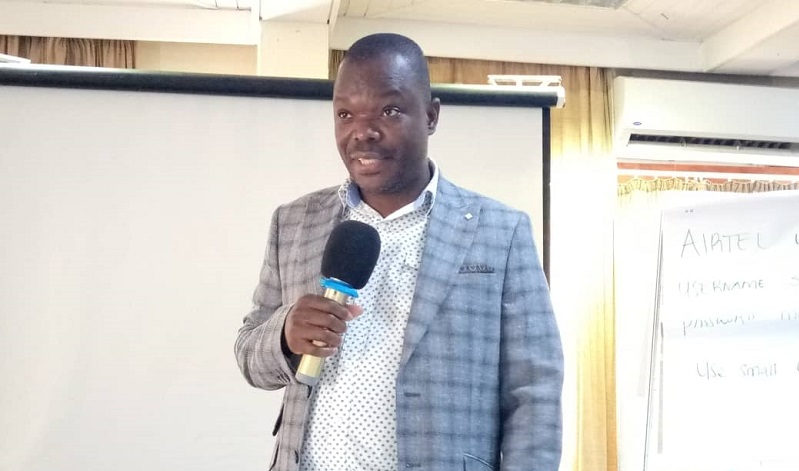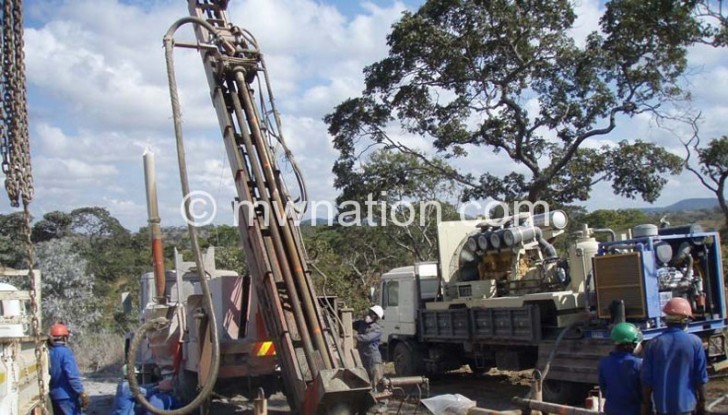The National Economic Empowerment Fund (Neef), which is a government microfinance institution, has made a surplus. Neef, formerly known as Malawi Enterprise Development Fund (Medf), was formed in 2014. The fortune turnaround is significant considering that the entity made a K13 billion loss in 2023. Our Staff Writer PATRICK LUNDA engaged the fund’s chief executive officer HUMPHREY MDYETSENI to find out more about this development and more about Neef programmes. Excerpts.
Mdyetseni: It is because of legacy issues
Neef is reported to have made a surplus against a background of losses. What has been the secret of the turnaround?
We have registered a surplus, which is good because if we continue doing that, the fund is going to be sustainable. Otherwise, if we make losses, it means we are going to deplete the capital and end up closing shop. This has been achieved through intense follow-ups on our clients and because the repayment rate has been improving gradually. Before Neef, the repayment was less than 20 percent. When we started Neef in 2021, the repayment rate was around 46 to 50 percent. But we had to push. Hitting 74 percent repayment rate national average, it means our collections have improved at an unprecedented level; hence, the surplus we are recording.
Why was the repayment rate lower previously?
It is because of legacy issues. We have seen three factors that were detrimental to the success of the fund previously. These are political interference whereby politicians could dominate access to the fund or politically-connected borrowers could dominate. Now, once people could go there politically, it means ordinarily they will feel entitled. The second element is that the workforce executed their tasks with commitment. Previously, dedication levels were very low and the number of staff members was too few for vast areas, resulting in inadequate follow-ups. The other factor is the attitude of Malawians. Since most of those who got loans were not entrepreneurs, but political followers. So, all these factors have been turned around.
So, what is the current status?
The fund is now apolitical. You come and get the loan on the basis of your qualification, not about your political belonging. We have also deployed many officers. On top of that, we train our borrowers. We follow the loans and we enforce recovery where there is a problem. So, all these factors have contributed to the improvement of the fund’s fortunes. Out of K98 billion disbursed, over K25 billion is from our own collection. We have collected and given back to Malawians. So, that is a great success story.
With fortunes turned around, what next?
The expectation is that we will have more Malawians accessing to loans. We will continue using the fund efficiently for their social economic improvement and we also hope that government will continue supporting the fund, in terms of bankrolling it and continue providing conducive policy direction. Neef should be allowed to operate professionally, remain apolitical and serve Malawians with equity and equality.
Q
. Neef has recently reached out to faith leaders, what is the justification?
A
. It is through the faith leaders’ empowerment scheme. This is an initiative where faith leaders are connected to various programmes, one of which is the National Economic Empowerment Fund, so that their welfare is uplifted economically. Faith leaders are also interested in being empowered economically just like any other group in Malawi. We are conducting orientation for them on how they can benefit from Neef. The orientations have been ongoing. We have done similar orientations in the North, Centre, and now we are in the Southern Region.
Q
. But there are allegations that Neef favours applicants from the Central Region?
A
. The apparent disparities in amounts disbursed are more an indication of equity rather than inequality. For example, Lilongwe District, which is one of the three districts that form the Central West Region, has a huge demand for the loans due to the high level of economic activities in the district, which has the country’s capital city. There is a high rate of urban migration into Lilongwe City as can be seen from the rate at which it is expanding. So, using this example, you will note that districts with high level of economic activities have high share of the over K100 billion so far disbursed. Since the residents in such high economic activity locations come from across the country, Neef can comfortably say that it is serving Malawians from all corners. The picture on disbursement by region and by district should, therefore, be interpreted with respect to several factors, including level of urbanisation, economic activities and population density.
The post Neef turns around fortunes first appeared on Nation Online.
The post Neef turns around fortunes appeared first on Nation Online.
 Moni Malawi
Moni Malawi 

